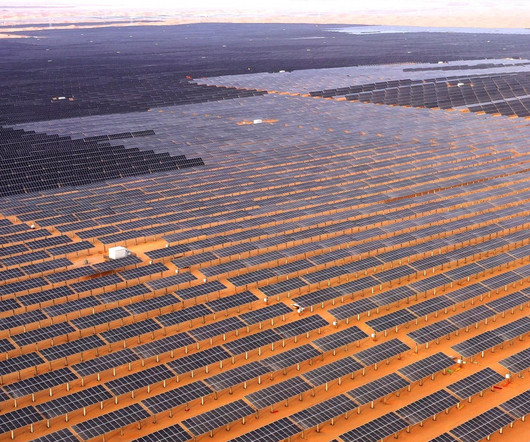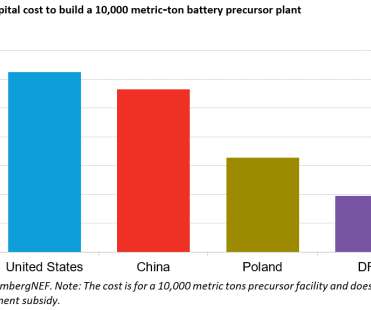BNEF ups forecast for global investment in stationary energy storage, sees majority of capacity likely to be grid-scale
Green Car Congress
JULY 31, 2019
Energy storage installations around the world will multiply exponentially, from a modest 9GW/17GWh deployed as of 2018 to 1,095GW/2,850GWh by 2040, according to the latest forecast from research company BloombergNEF (BNEF). Global cumulative energy storage installations. Source: BloombergNEF.















Let's personalize your content